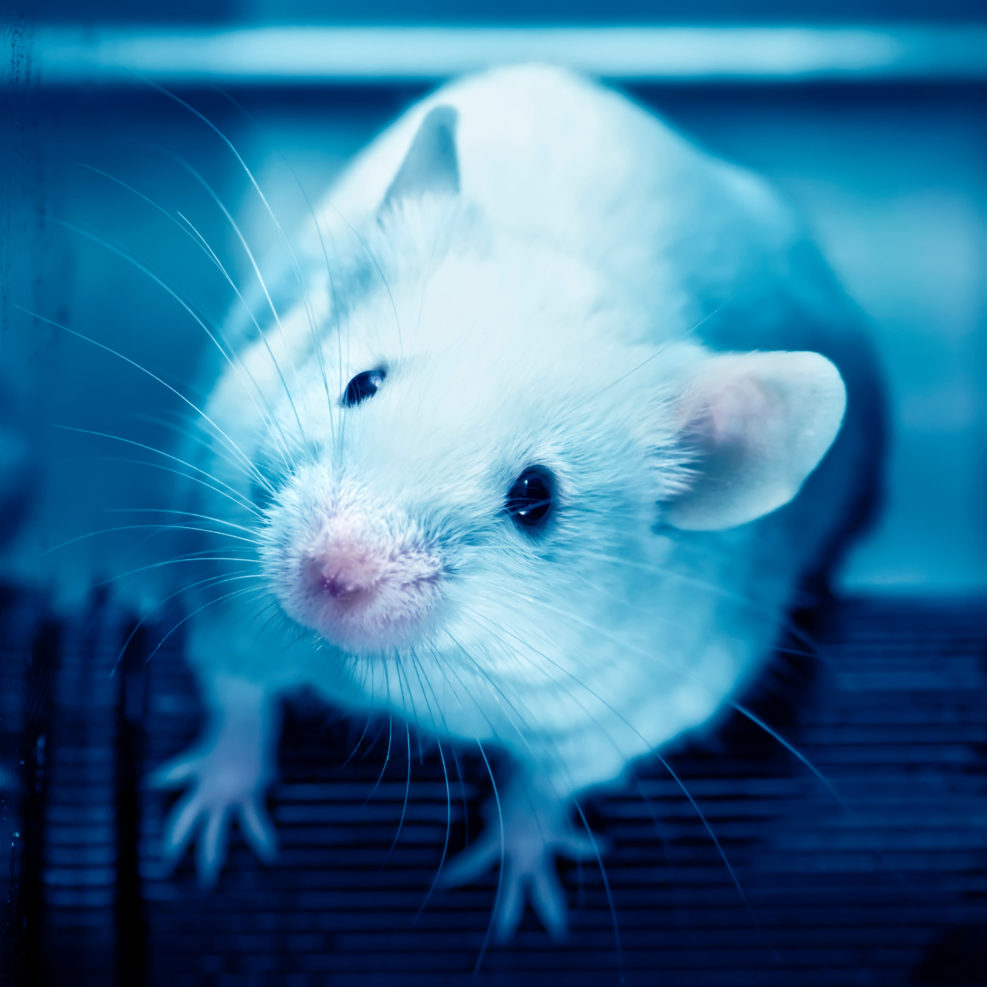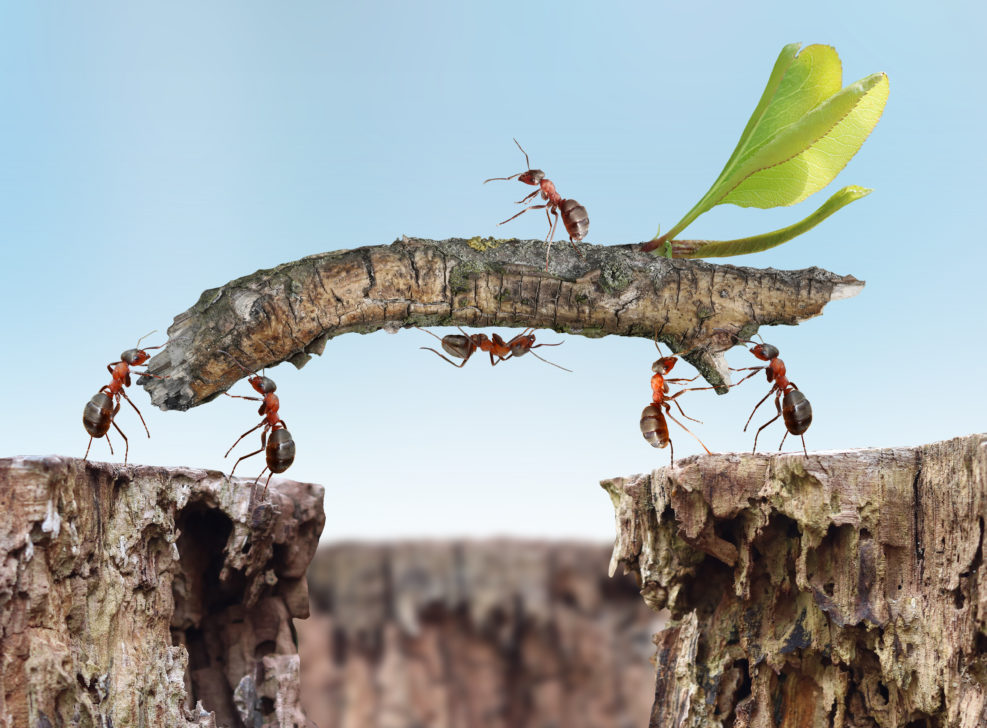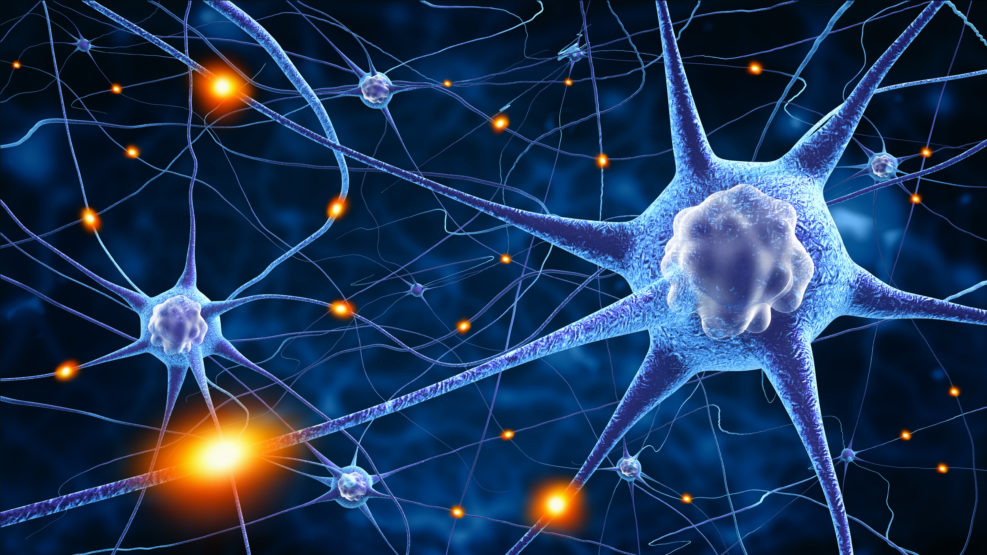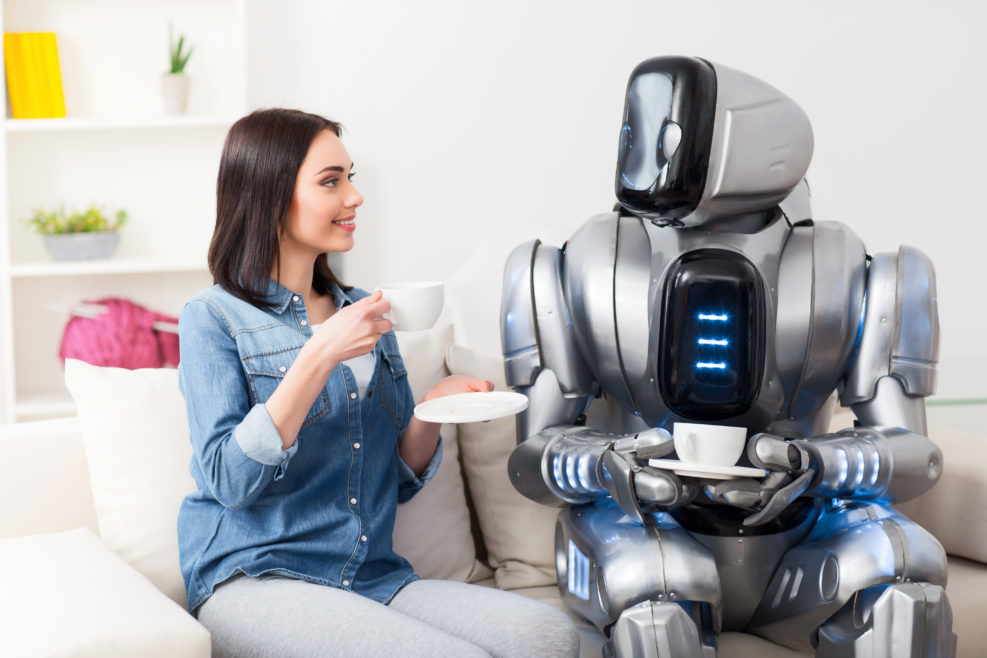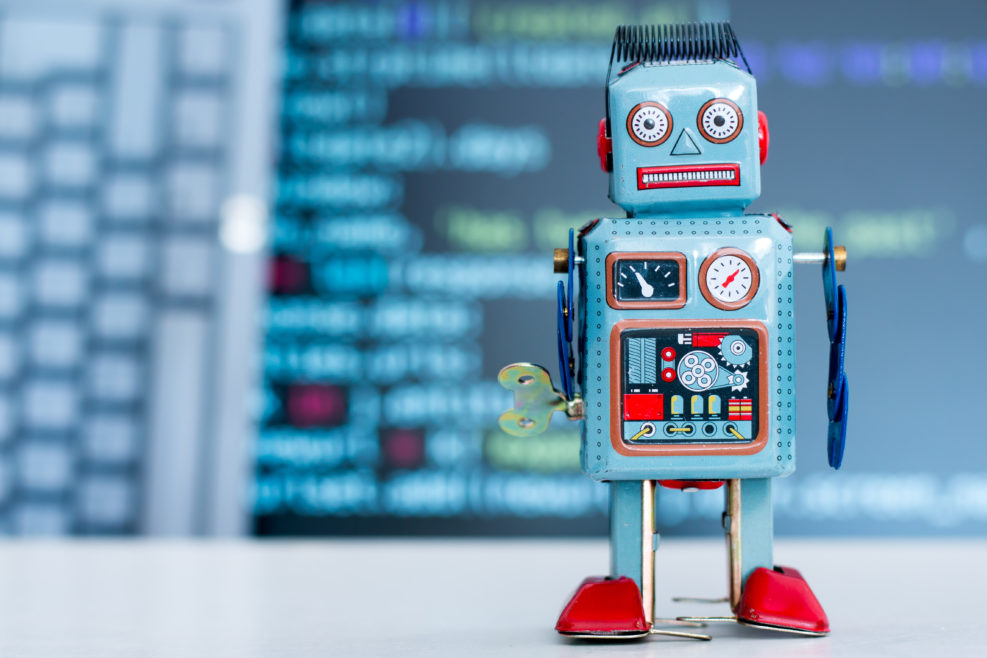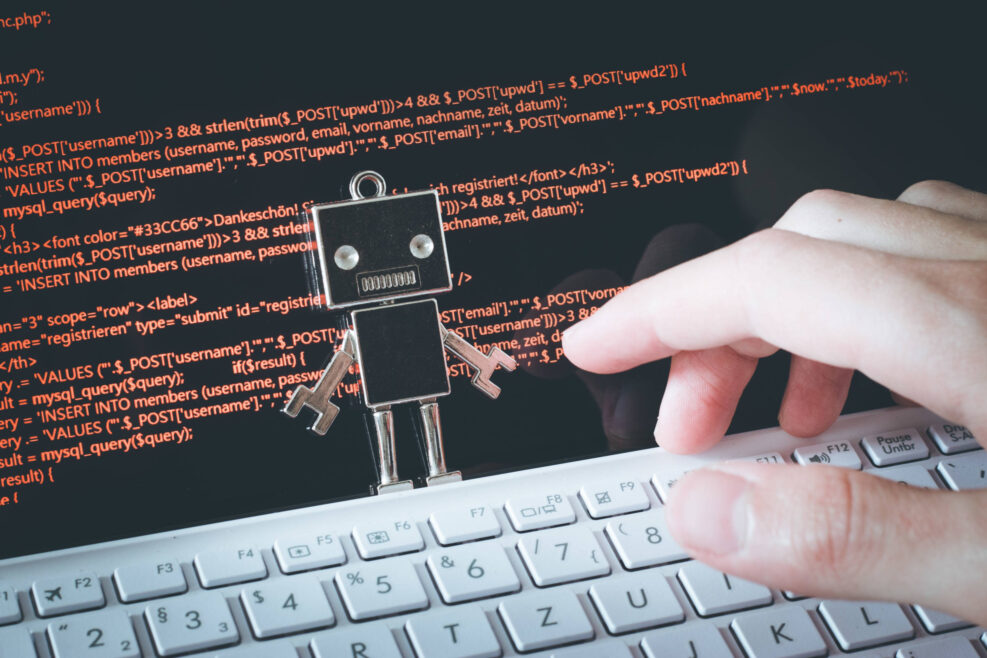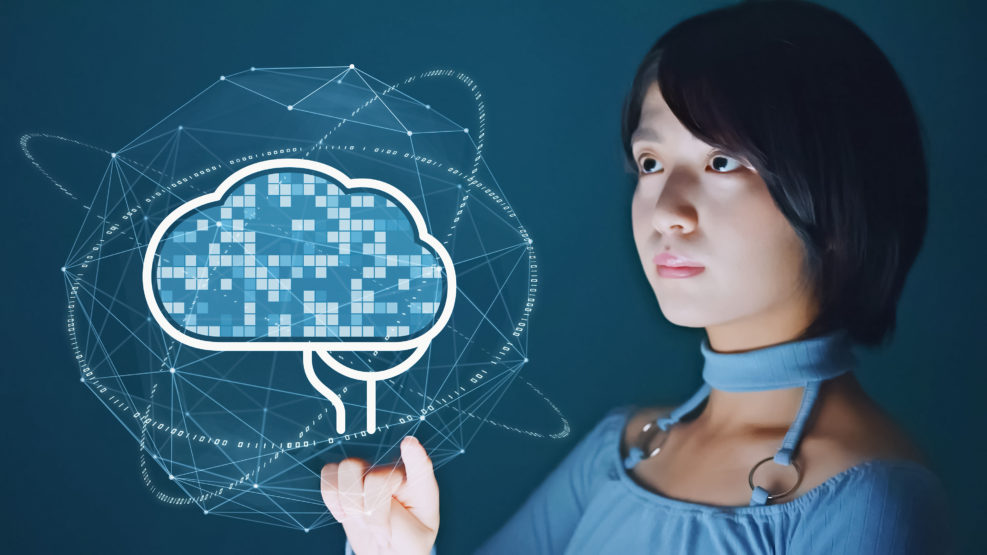
AI: Is Thinking Humanly More Important Than Acting Rationally?
I have documented many examples of GPT-3 AI’s failure to distinguish meaningful from meaningless correlations — and invite readers to contribute their ownThe potential power of artificial intelligence (AI) has been touted for more than 60 years though a generally accepted definition is elusive. AI has often been defined in terms of human-like capabilities. In 1960, for example, AI pioneer Herbert Simon, an economics Nobel laureate and Turing Award winner, predicted that “machines will be capable, within twenty years, of doing any work a man can do.” In 1970 Marvin Minsky, also a Turing Award winner, said that, “In from three to eight years we will have a machine with the general intelligence of an average human being.” More recently, in 2015, Mark Zuckerberg said that, “One of our goals for the next five to 10 years is to basically get better Read More ›



